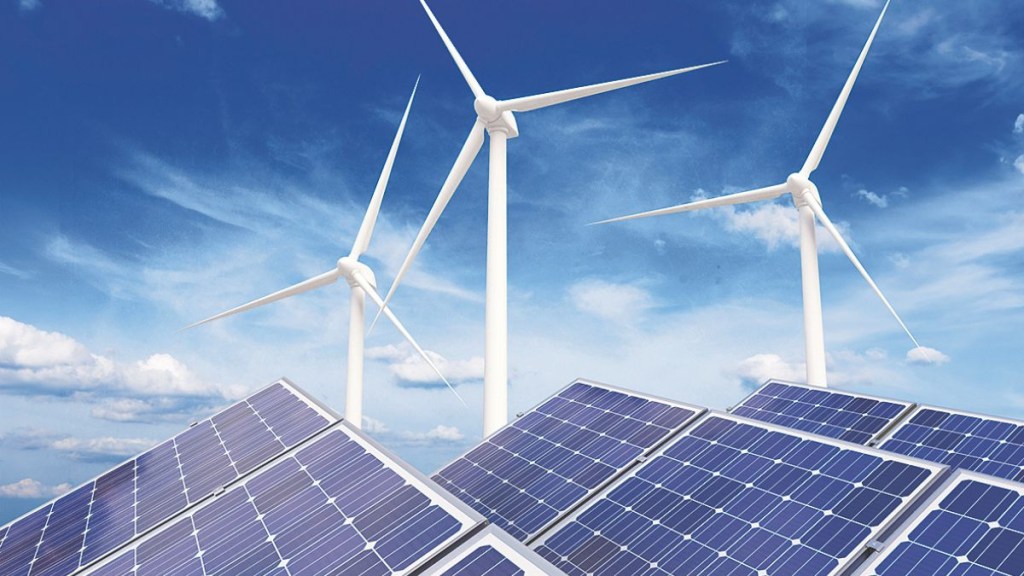According to the Pew Research Centre, rooftop solar grew 34% between 2020 and 2022. Growth in new installations continues to set new records every quarter. Meanwhile, by using large-scale wind farms, Texas saved approximately $7.4billion in wholesale electricity costs in the first eight months of 2022, proving wind technology to be an extremely cost-effective form of renewable energy. However, rooftop wind turbines hasn’t really taken off. Why? The answer comes down to economics.
Closer home, rooftop solar has been growing rapidly in recent years. The government has set a target of installing 40 GW of rooftop solar by March 2026 and has implemented various policies and incentives to promote the growth of the rooftop solar industry. As of 2022, India has installed around 7.6 GW of rooftop solar capacity. The growth of rooftop solar in India is chiefly driven by increasing electricity prices, declining costs of solar technology, and the availability of financing options for solar projects.
“India has big goals for renewable energy, and in order to meet these goals, the nation is depending on massive wind and solar energy projects,” says Institute of Electrical and Electronics Engineers (IEEE) senior member, Inderpreet Kaur.
While rooftop solar has always been a preferred choice for everyone, however, it’s time that we explore the untapped potential in renewable energy sources such as small wind turbines, he says. “Not only are small wind turbines reliable, low-maintenance alternative energy generators that can be constructed quickly in a small space, but they can also operate at wind speeds as low as two metres per second. It presents India with a significant opportunity that can efficiently support the country’s bigger renewable targets at a low cost and with little infrastructure support,” he adds.
However, installing and maintaining rooftop wind turbines in India can be costly, and there are various regulatory and policy obstacles that make it challenging for both individuals and companies to set up and run these turbines. Additionally, a lack of understanding about the advantages of rooftop wind energy among the public and decision-makers is hindering its development.
The other challenges: wind turbines can be noisy and cause vibrations. The movement of the blades themselves in sunlight creates alternating shadows and light, which leads to a flicker effect. Still, researchers continue to explore the viability of small-scale wind turbines, examining different designs, location techniques, and contexts.
They may be more appropriate in developing nations, for example, and even in some urban locations, according to IEEE member Rafael Muniz. “It would be necessary to carry out a study with its own modeling for each urban centre, as we often have the formation of so-called wind corridors caused by the architecture of cities. This can be a decisive factor in planning the best places for installing wind turbines on roofs.”
Wind Power
Wind turbines are low-maintenance and can be constructed quickly in small spaces
They can operate at wind speeds as low as two metres per second
However, installing and maintaining rooftop wind turbines in India can be a costly affair
